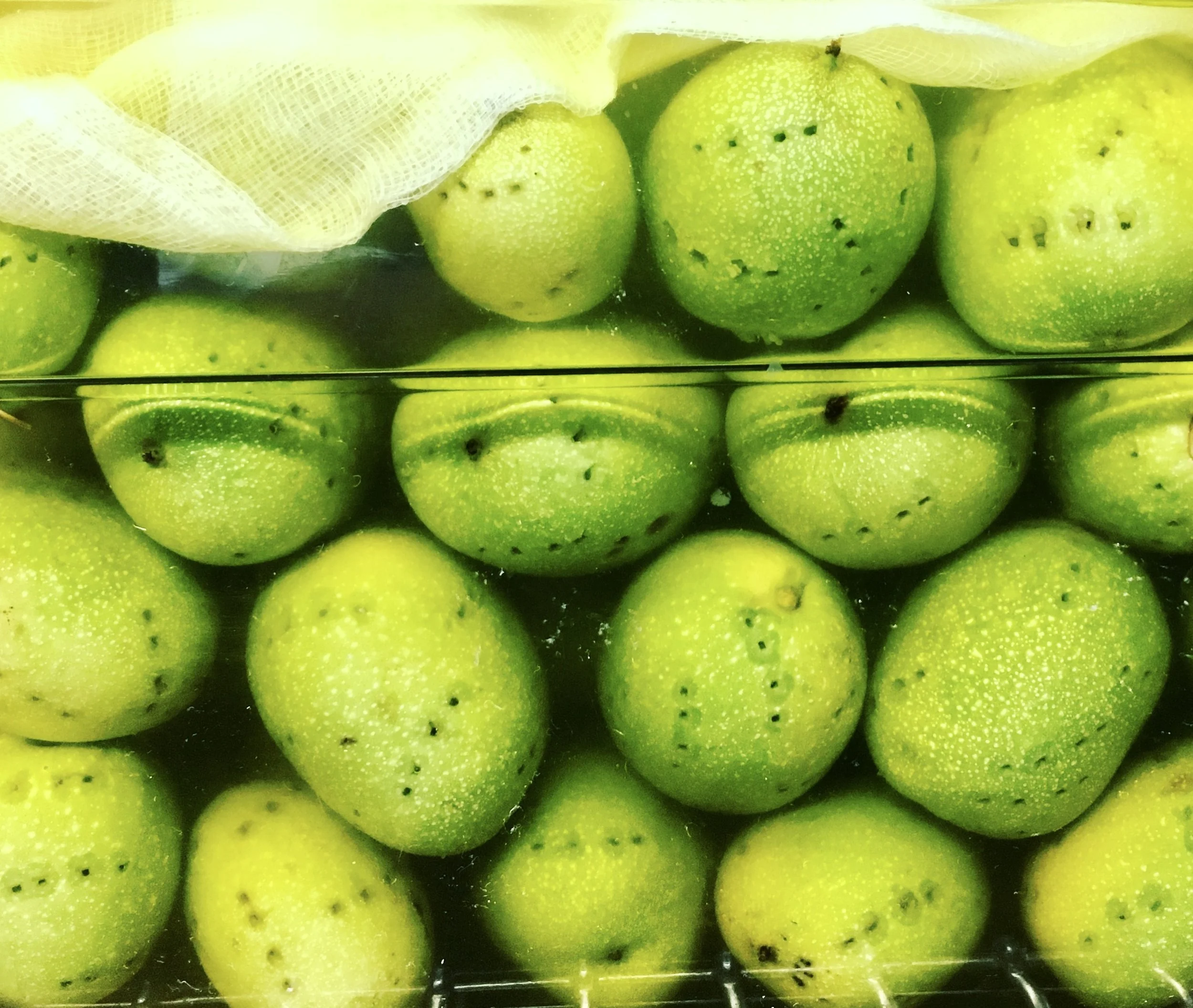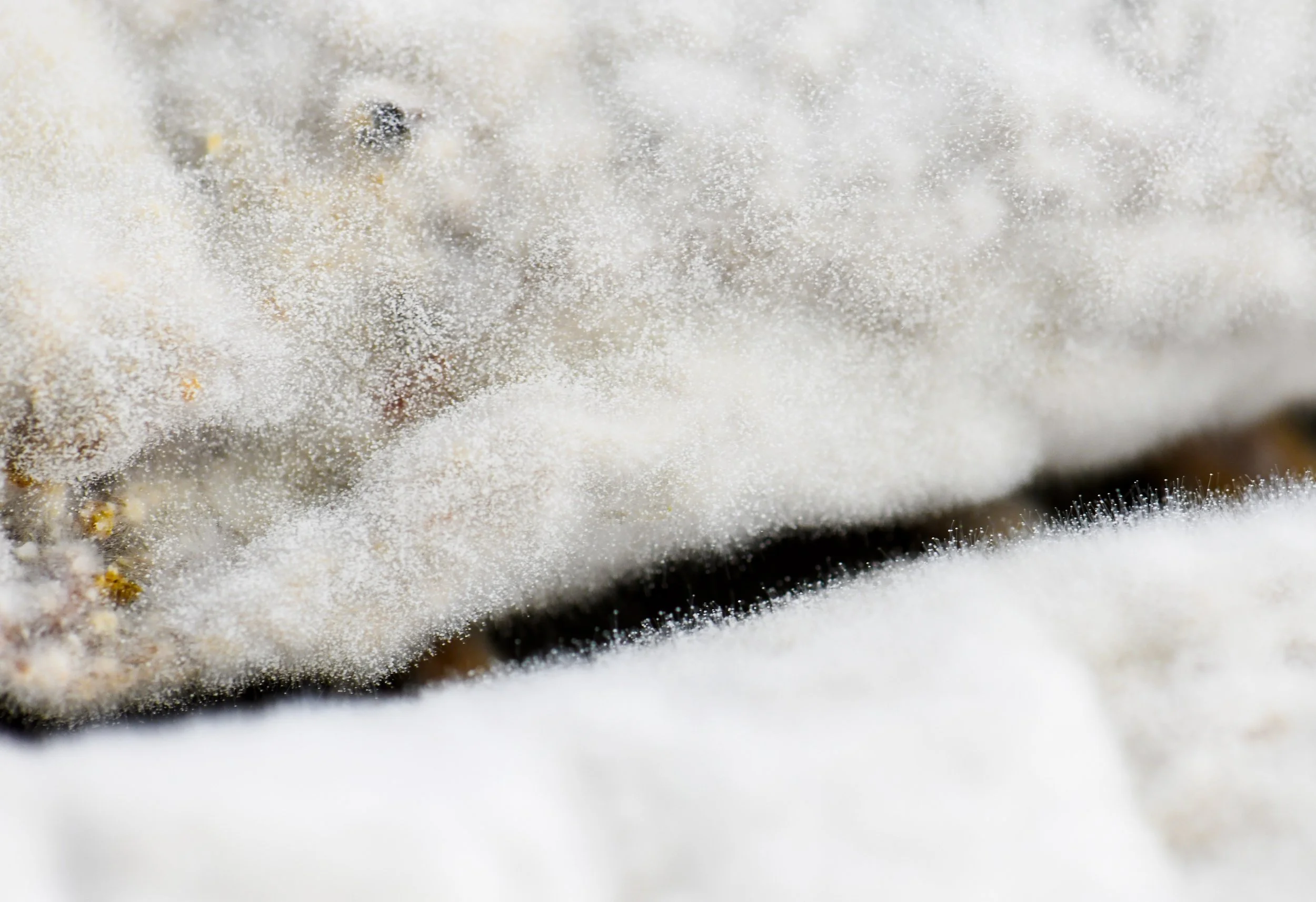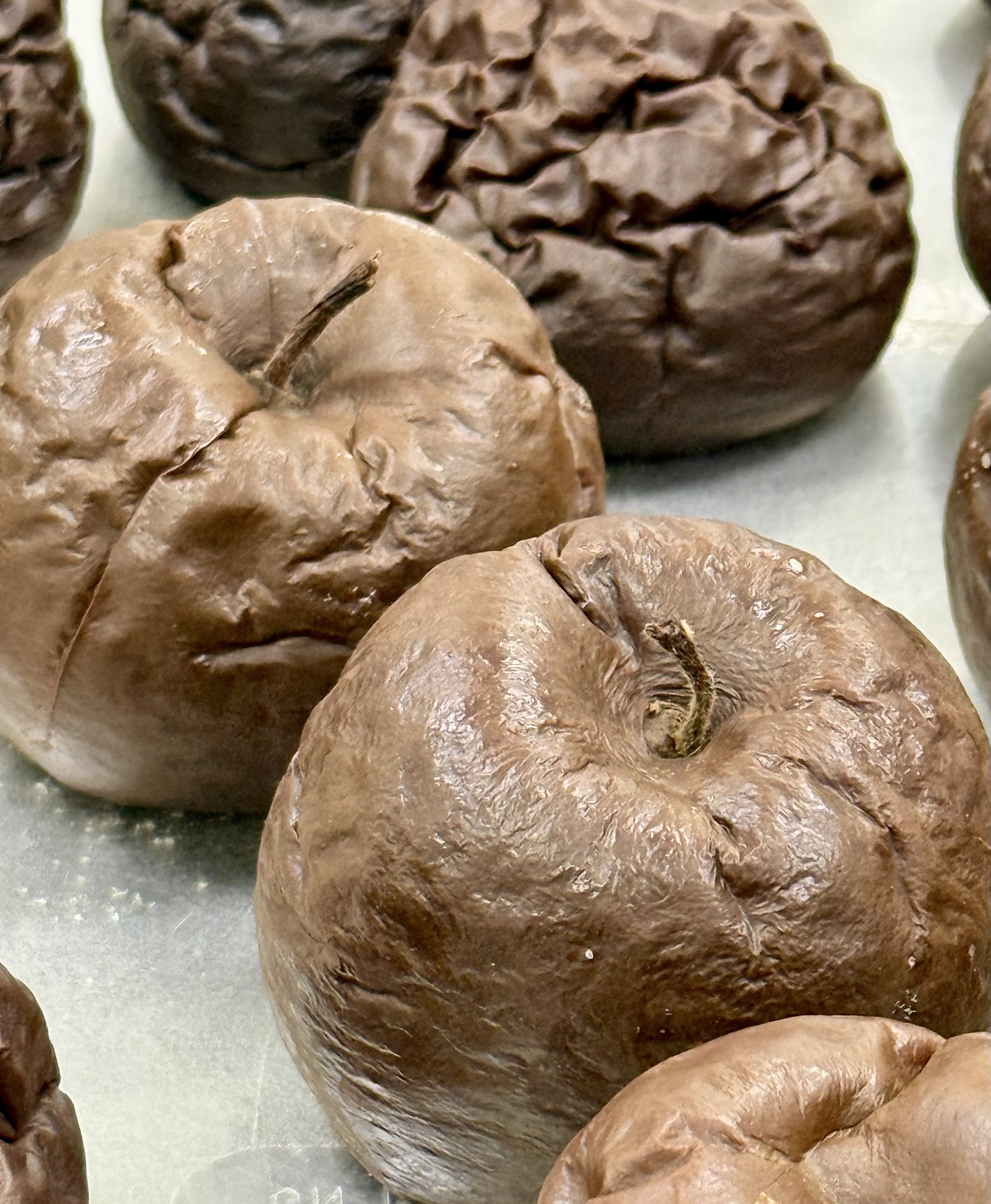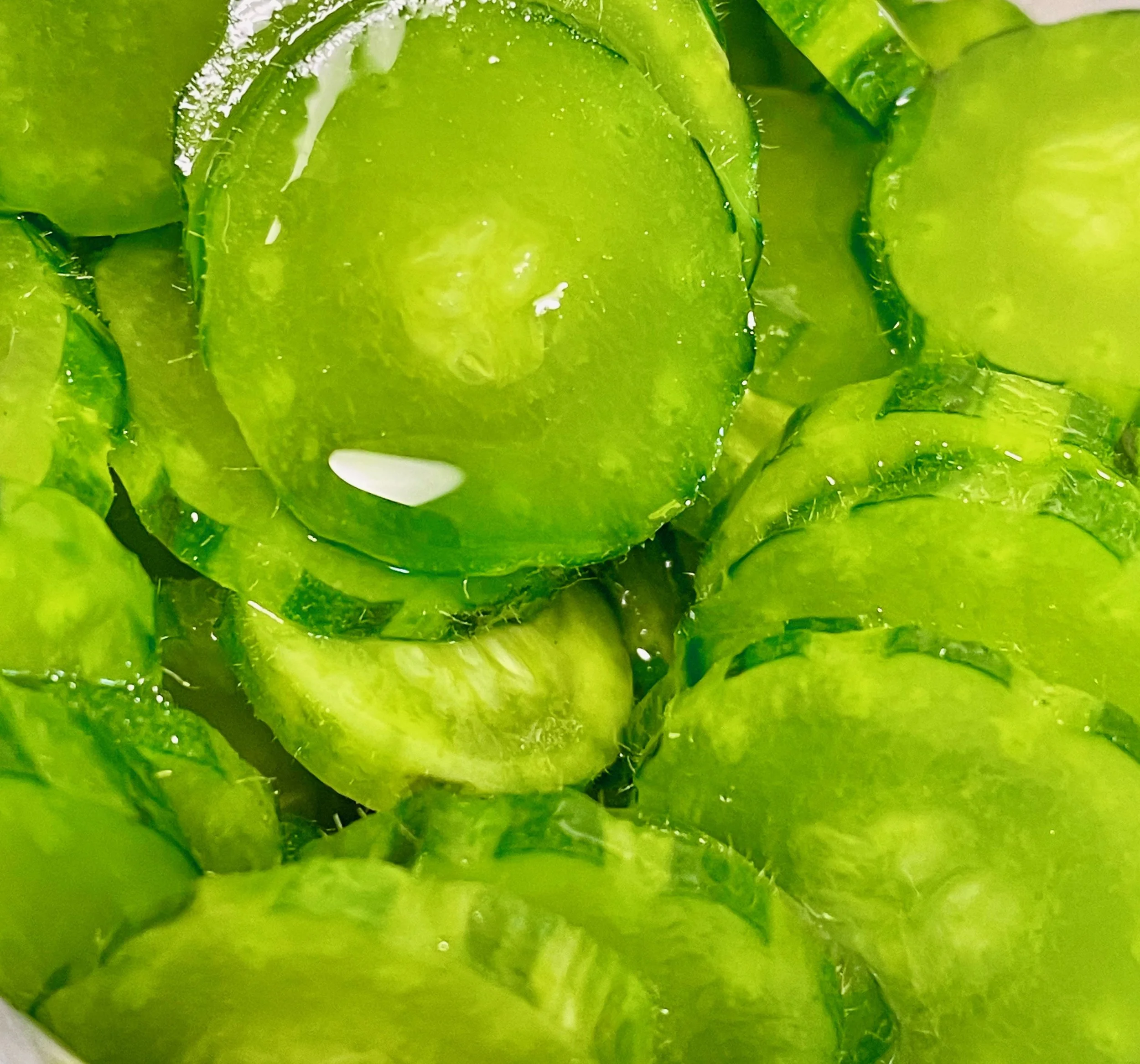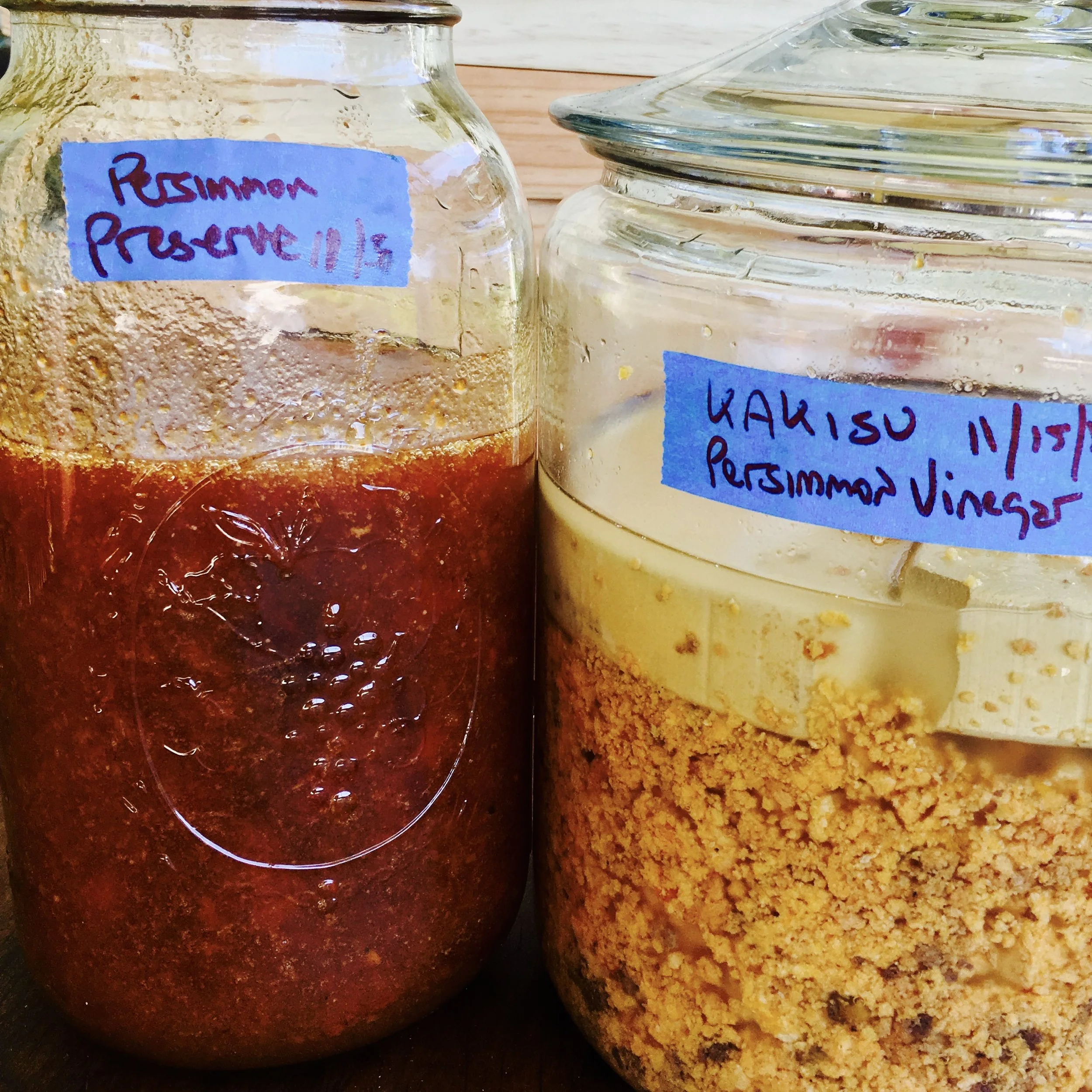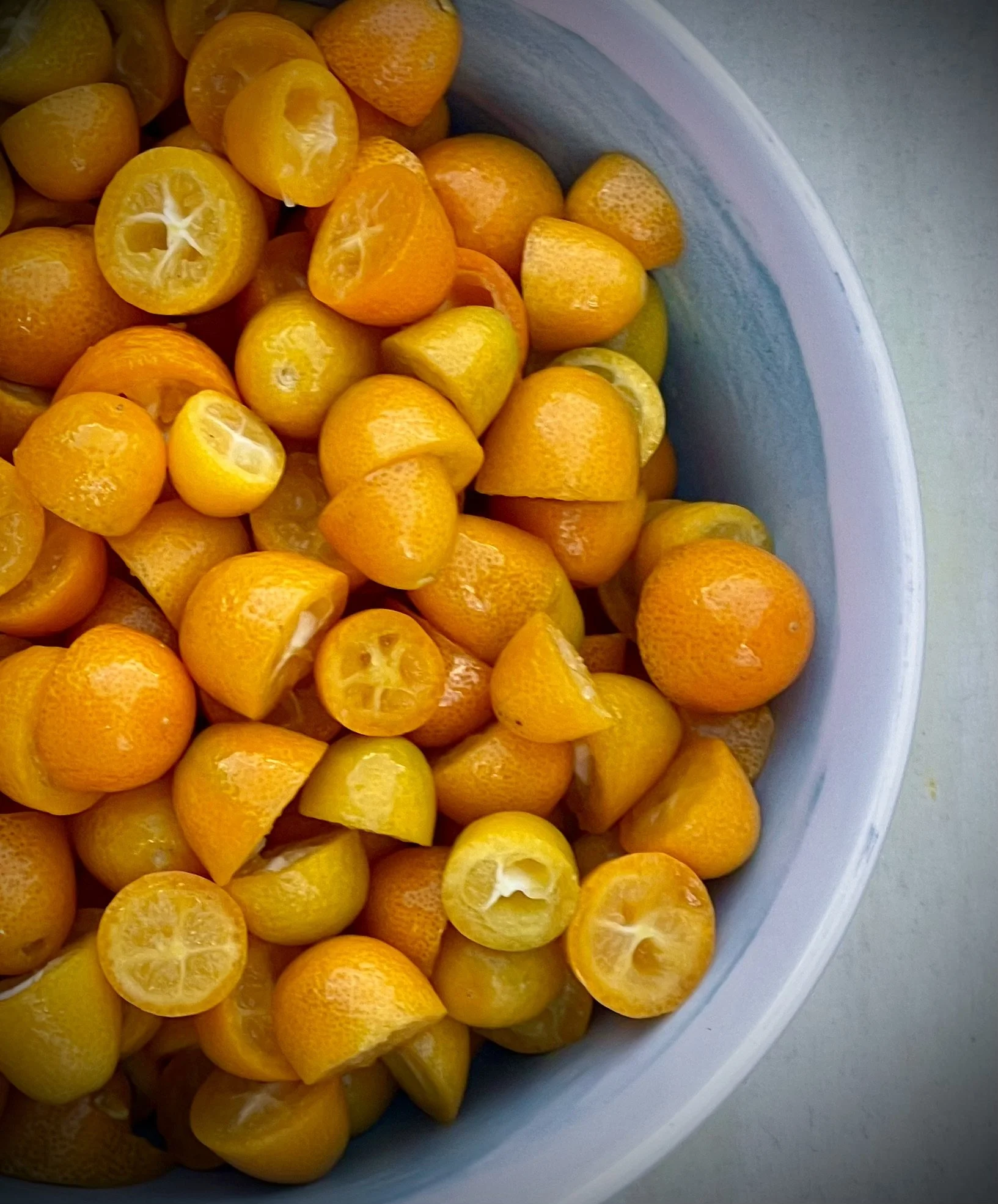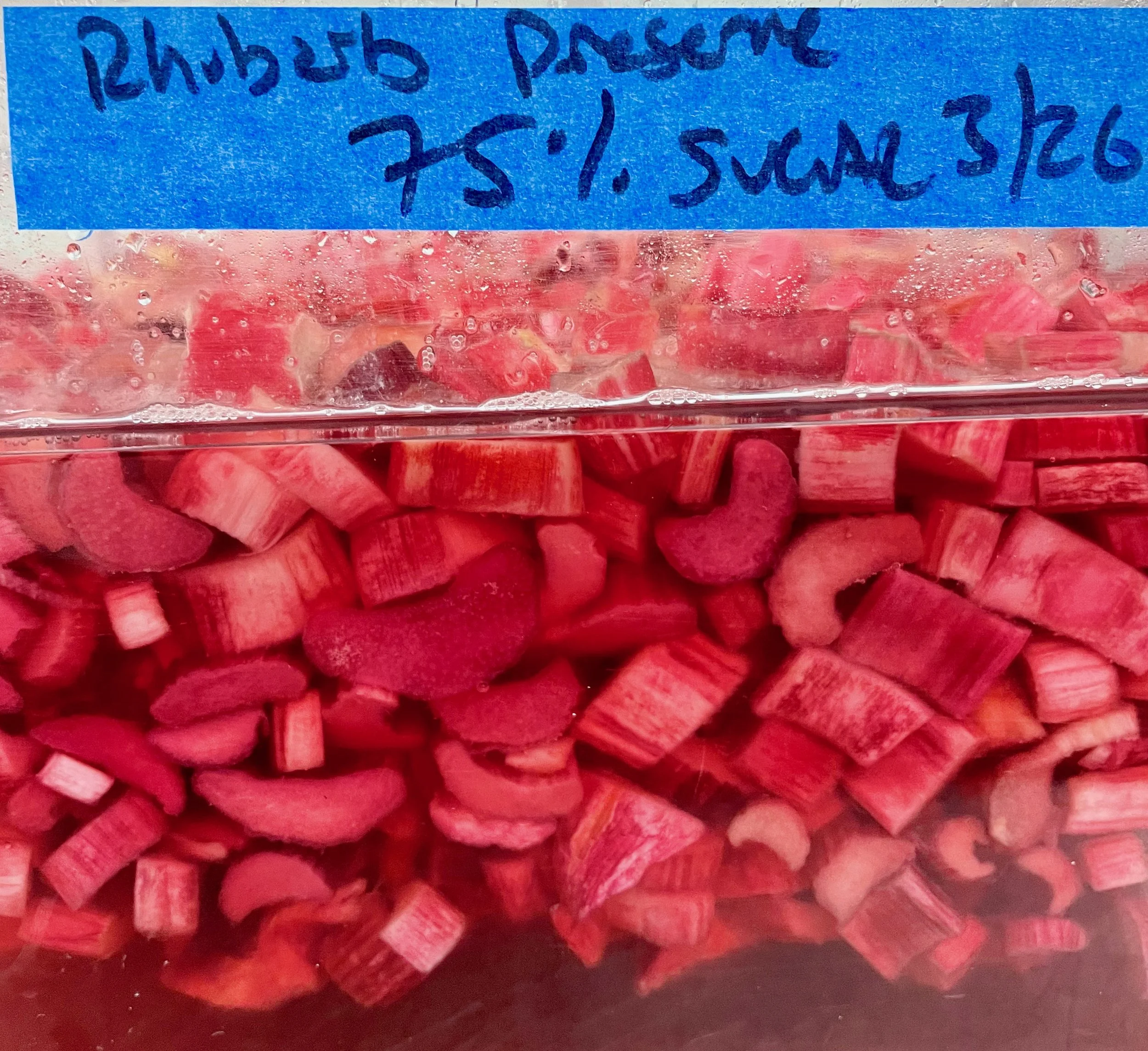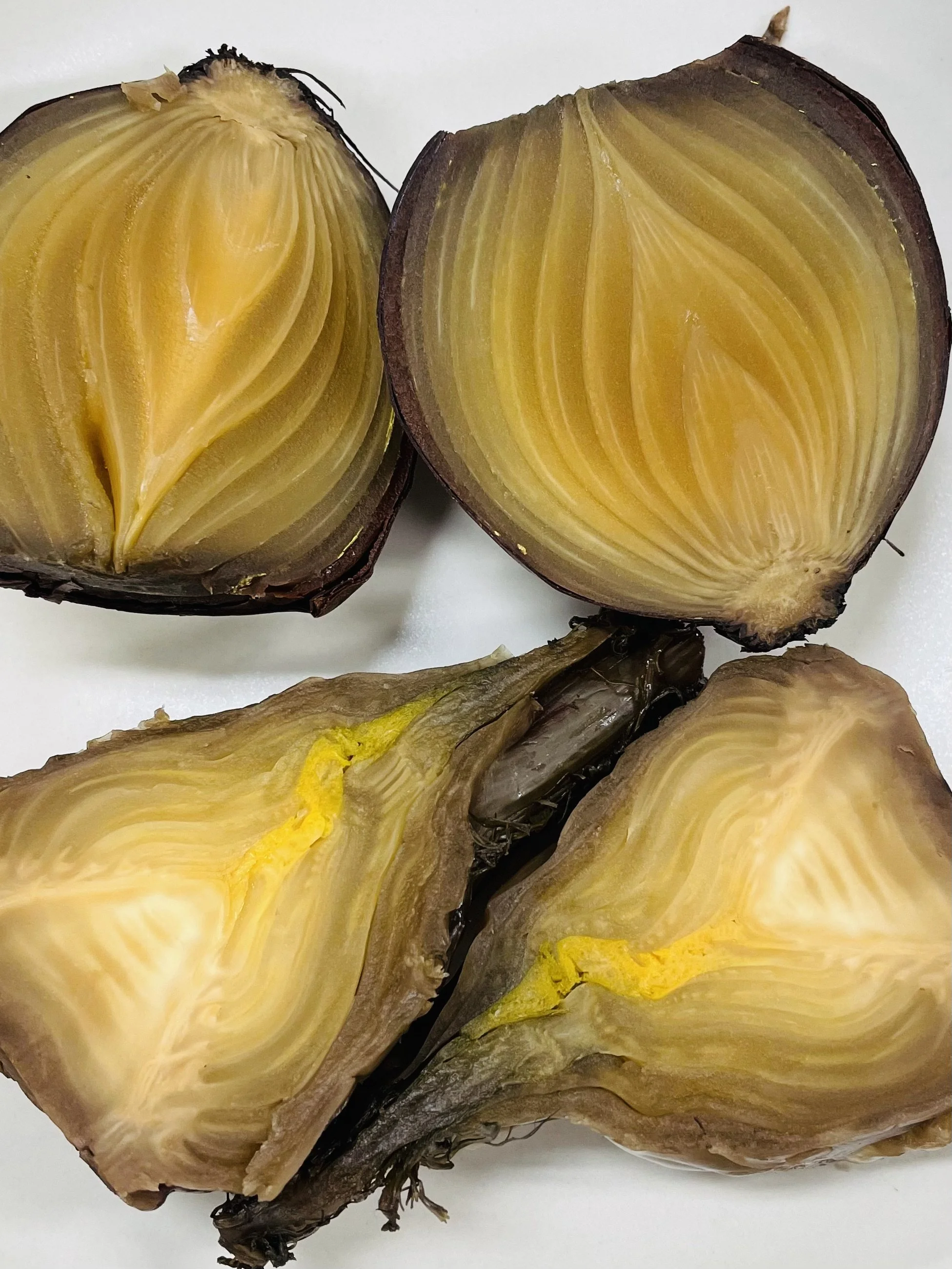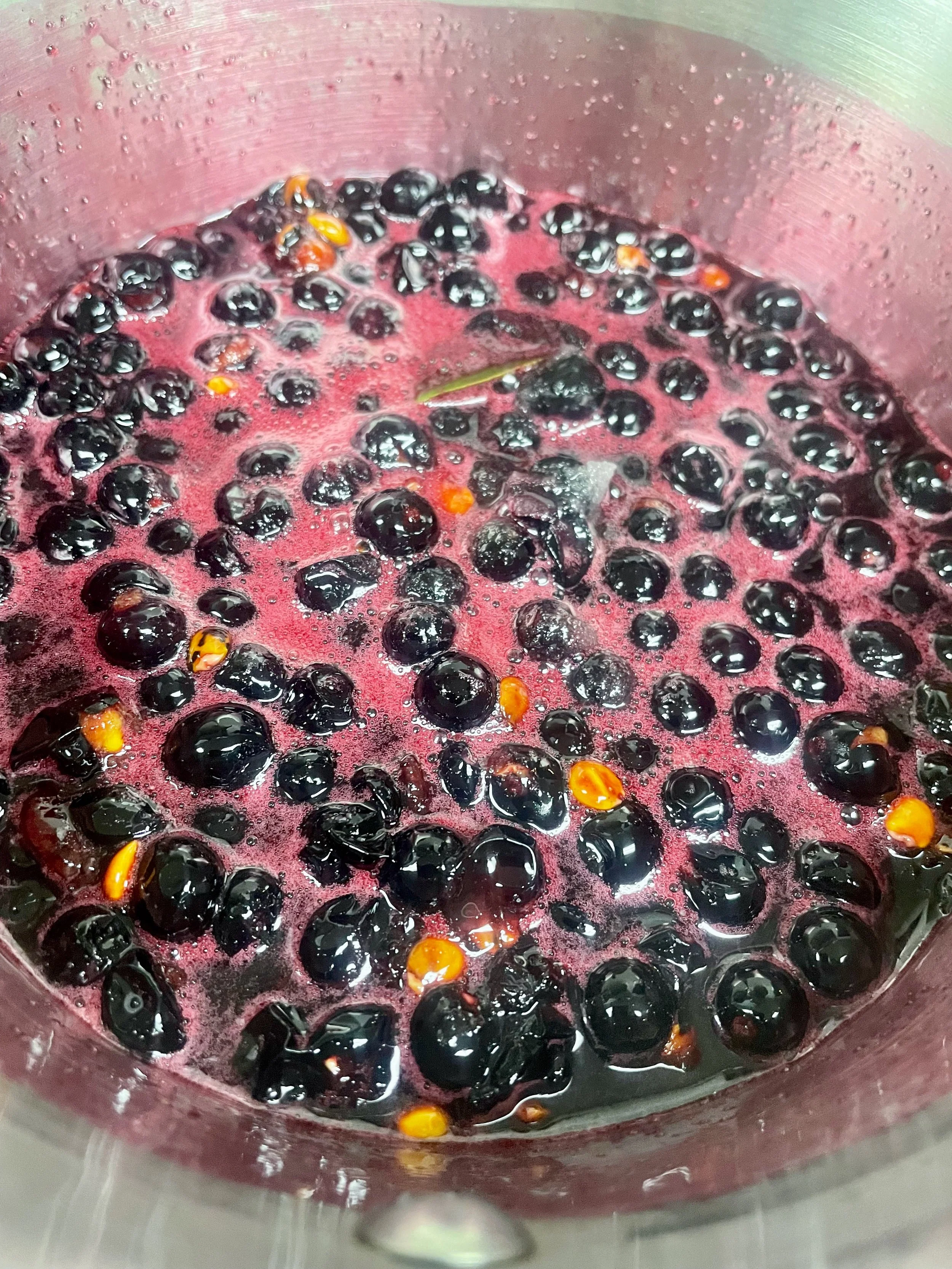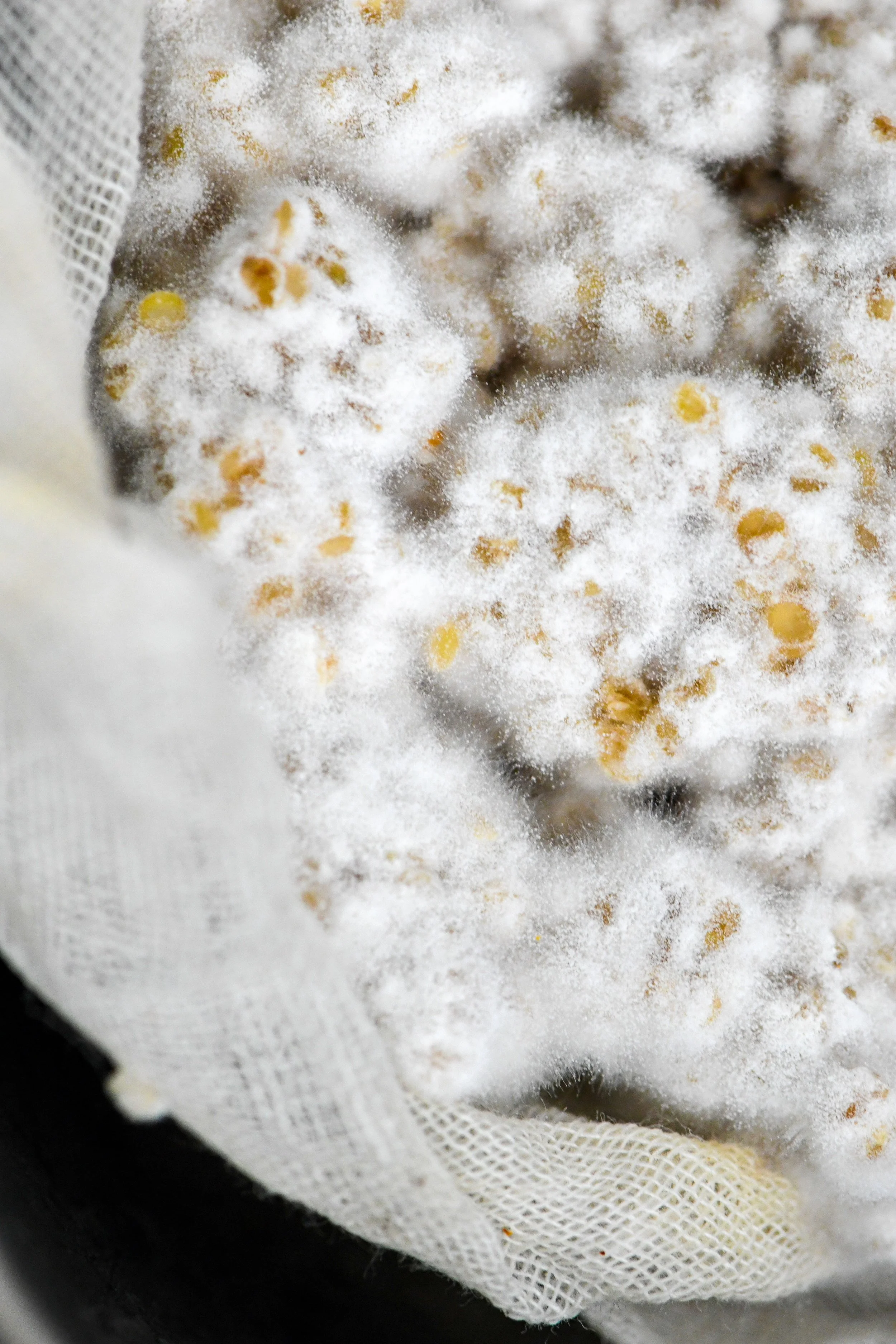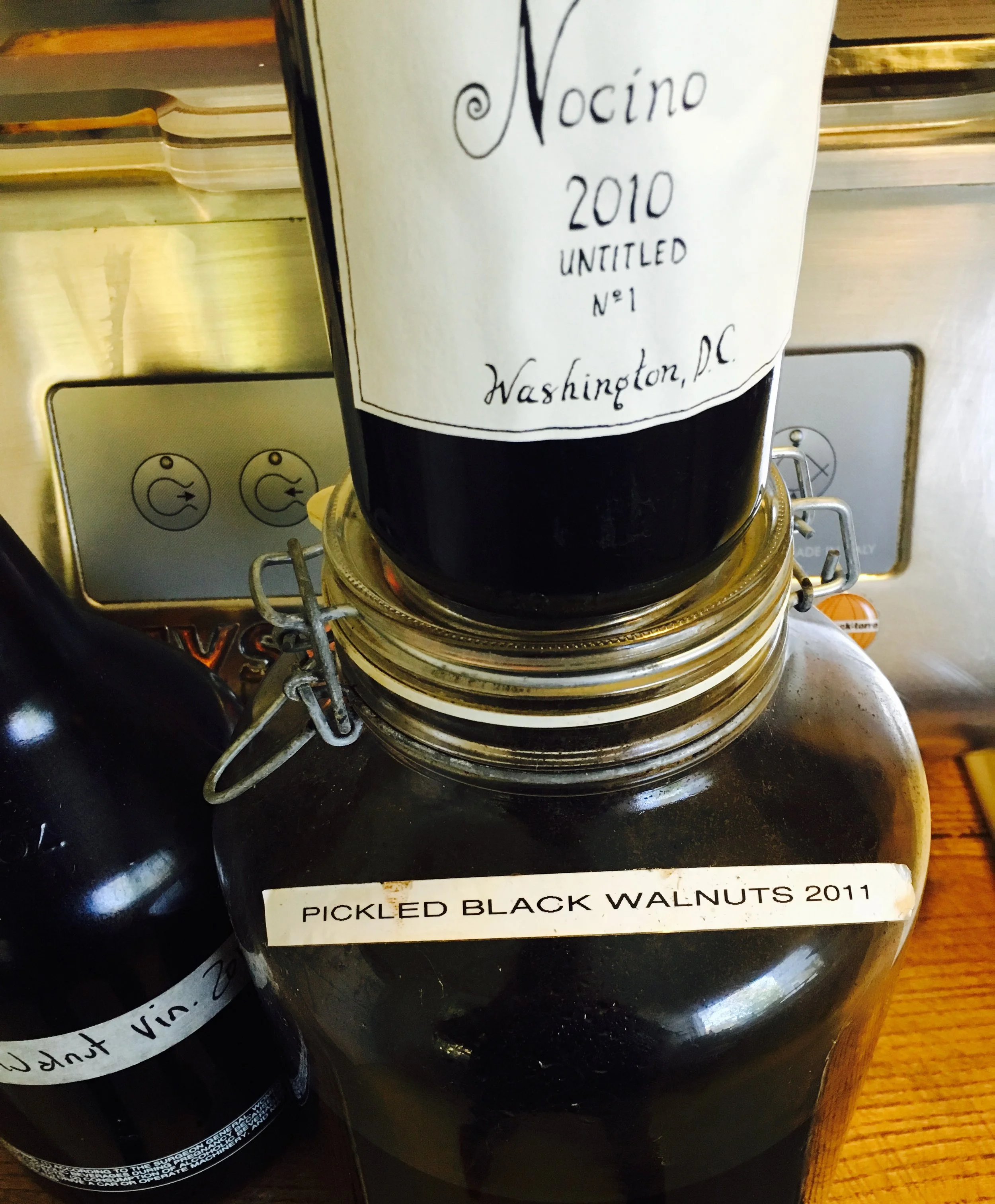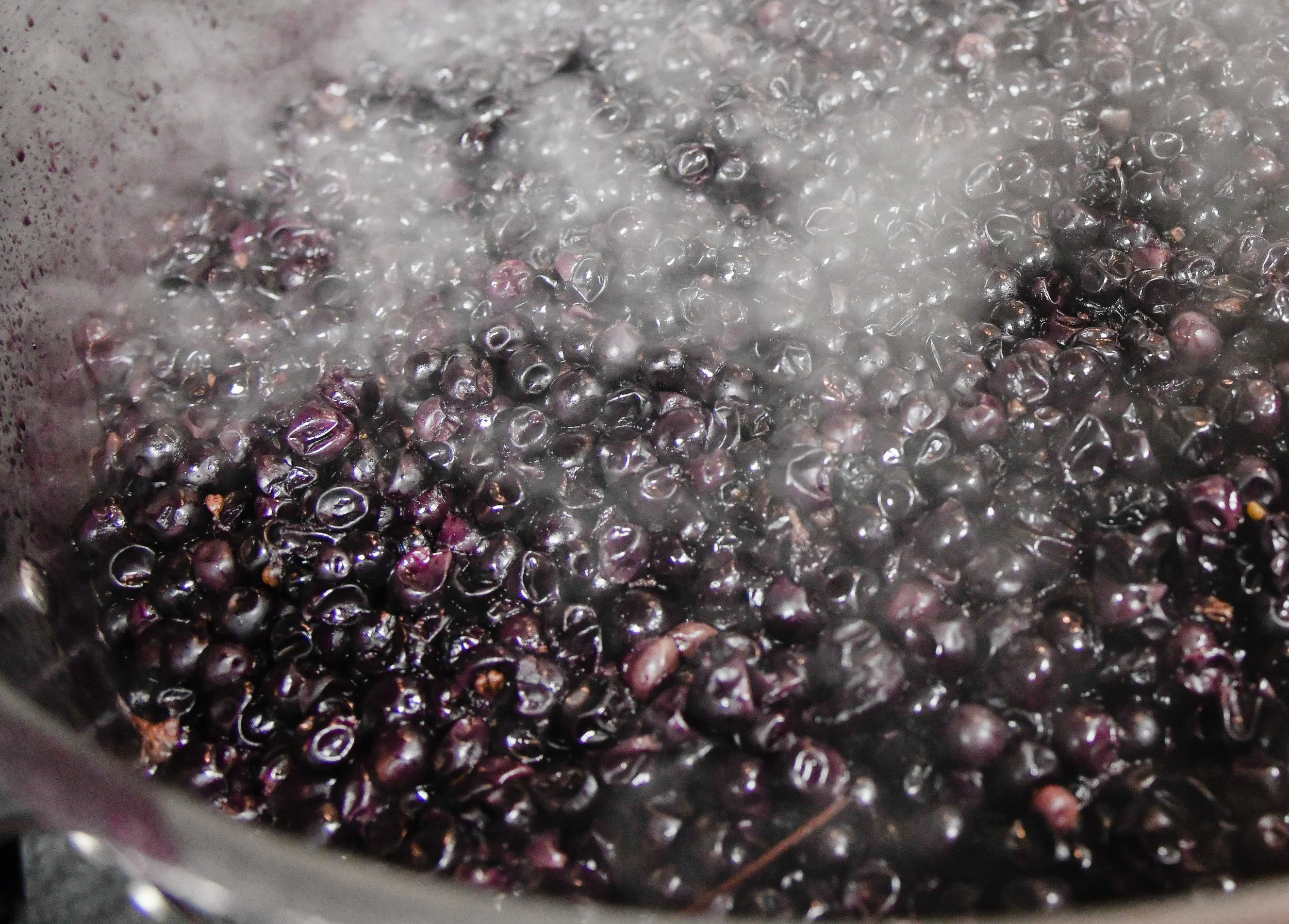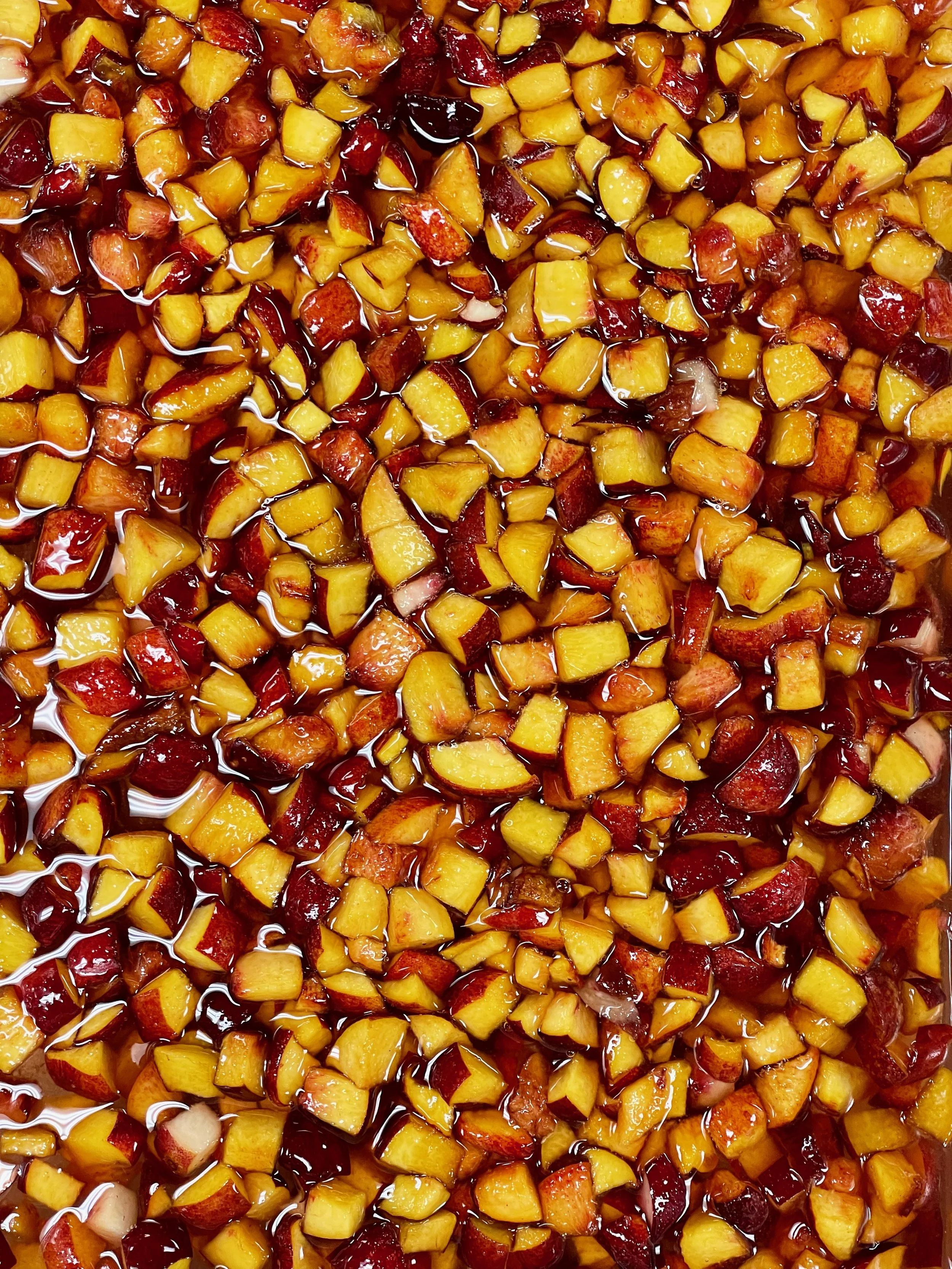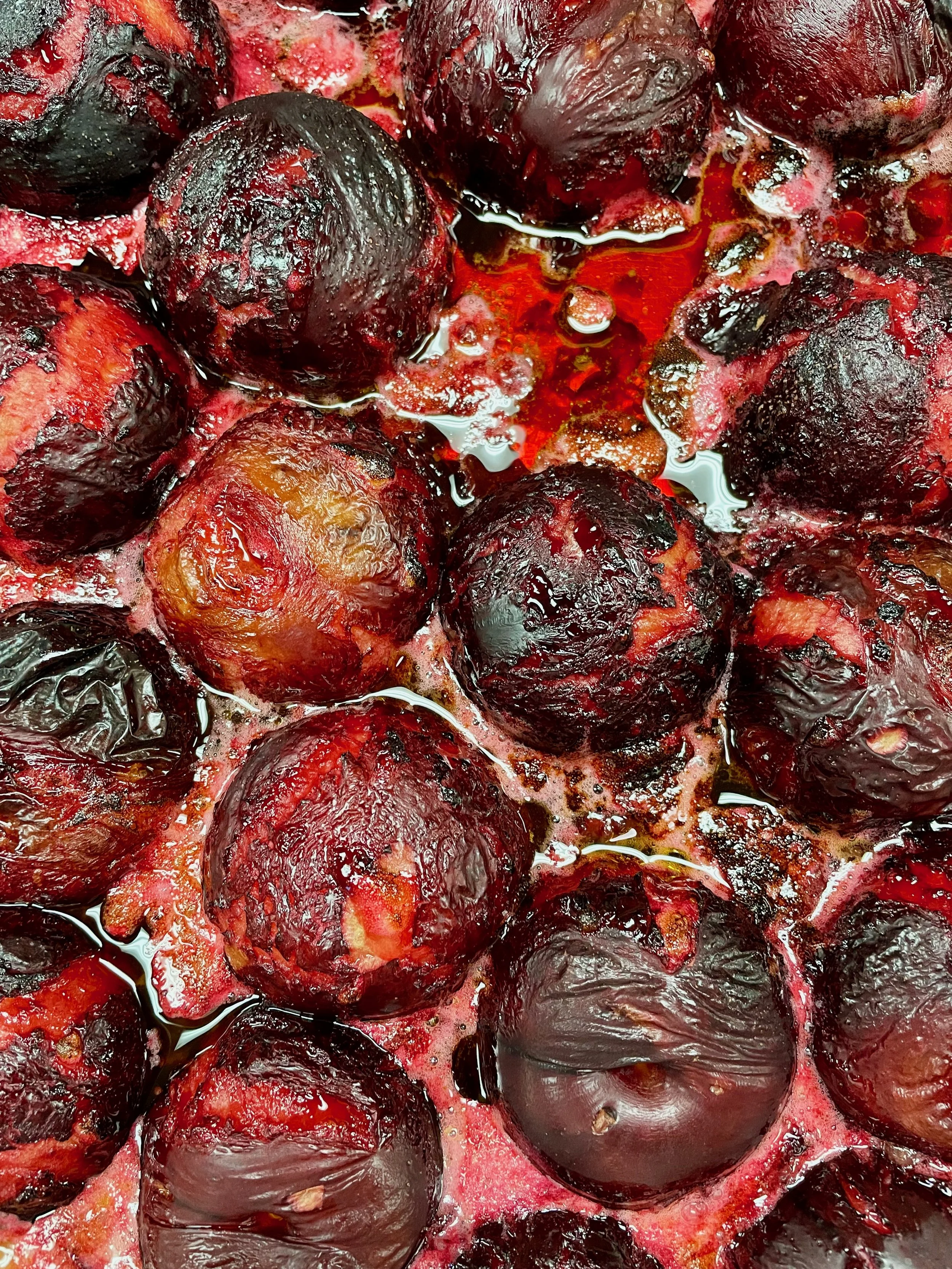Preservation Inspiration
Click to enlarge
Leftover fruit and berry Sin Pot, sugar added and left to ferment at room temperature until a small amount of alcohol is created. Wonderful over ice cream!
Whole green walnuts pierced and infusing in neutral spirit for several months before becoming nocino.
Koji-fermented pork loin, inoculated with Aspergillus oryzae and grown under warm, humid conditions for 36–48 hours, develops a white mold that tenderizes the meat and intensifies savory, umami-rich flavor—perfect for charcuterie
Black apples and garlic are made by slowly fermenting whole fruit or bulbs in a warm, humid environment for several months. Natural enzymes and the Maillard reaction transform their sugars, turning them deep black and soft with a rich, molasses-like sweetness, gentle acidity, and subtle balsamic notes—perfect for sauces, purees, or savory-sweet accents.
Hanging hachiya persimmons for hoshigaki, essentially air-drying them until they lose about 75% of their weight and the natural sugars start to collect into a white bloom on the outside
Verjus... Wine grapes are usually thinned in late summer to help boost the brix of the rest of the grapes. These thinned grapes are still green, unripe and sour, and they make a great sour condiment called verjus from a product that many times is wasted in the vineyard
Charbono grapes and grape-vine ash, slowly cooking to make saba, a reduced grape must syrup
Flash-pickled serpentine cucumbers, tossed in basil oil to brighten the color and flavor
Kaki-su, a spontaneous vinegar made with persimmon scraps
Kumquats cooked in syrup for dessert or cheese or a fatty dish like duck or pork
Duck breast, fennel seed & coriander cure, pimentón rub, getting ready to hang and dry
Rhubarb and sugar, for syrup and preserve
Onions, shallots and any type of garlic ferment well, but onions will take several months and don't achieve the same intensity of flavor. Fennel loses its sweetness and increases acidity, becoming an acquired taste
California coffee berry preserves- a wild berry found on the West coast. The seeds look like coffee beans and have been roasted, ground and drank for a caffeine-free coffee substitute.
Fresh chestnuts can be preserved in sugar syrup. Care must be taken not to cook at too high a temperature or they can get tough
Koji (Aspergillus oryzae) inoculated and growing on steamed quinoa
Black walnut vinegar, nocino (black walnut liqueur) and whole pickled, all get better with age
Salt-Preserved Meyer Lemons
Kumquats pickles: coriander, sugar, salt, lime juice, black salt, hyssop flowers
Charbono grapes, a Slow Food USA ark of taste ingredient, being made into saba or vincotto
Autumn Blaze nectarines with 25% sugar, macerating overnight for preserves
Smreka is made with wild juniper berries, sugar and water, left to ferment for several months into vinegar. This one has California Bay leaves as well, and it is a great flavoring with game and game birds
Stone fruit, like these roasted plums, can be cooked whole, making the process of removing cling-stone pits easier, once cooled. The stones can get a new life flavoring infused waters, syrups or alcohol

